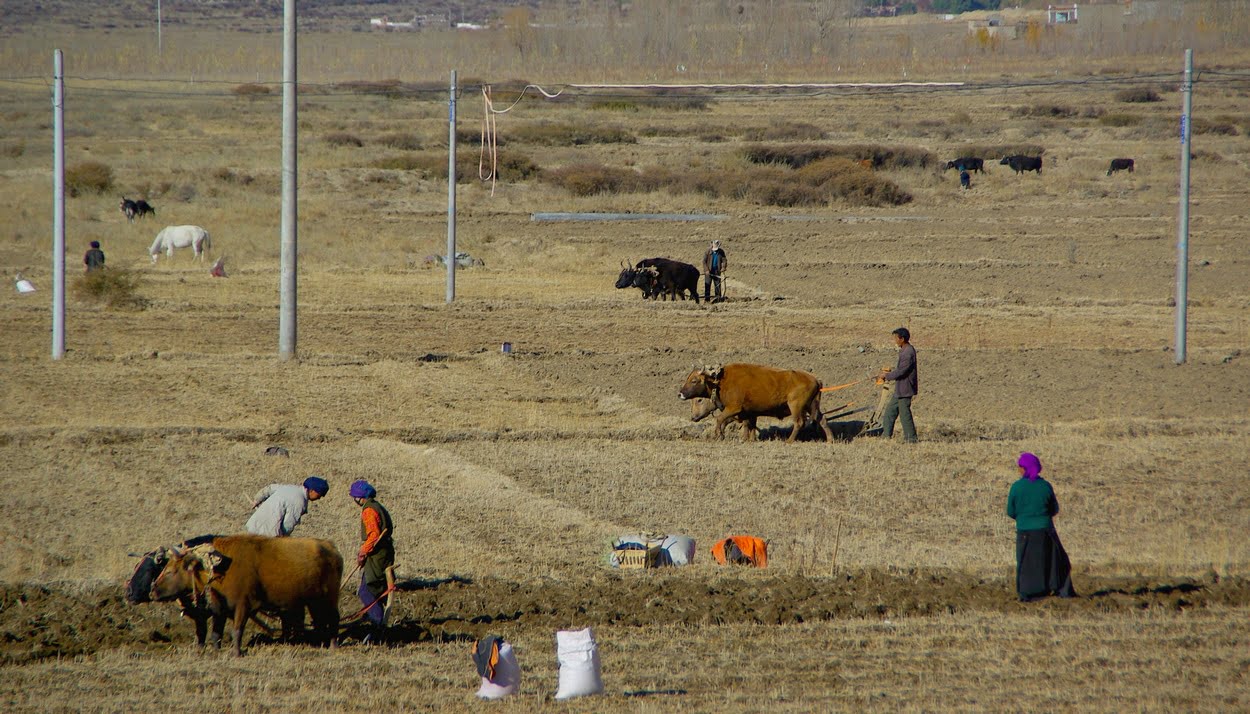One of the least reported global health stories of the last decade is the rises of bacteria that resist antibiotics. The more often antibiotics are used – even when they are used correctly – the more bacteria have a chance to evolve resistance to those antibiotics. In the last ten years, more and more different types of bacteria have evolved that resistance, and to an ever-increasing range of antibiotics. Compounding the problem, when one type of bacteria evolves a gene for resistance, it can share that gene with other bacteria.
One particularly troubling gene for resistance is mcr-1. That gene carries resistance to the drug Colistin. Colistin is rarely-used as a result of its troubling side effects – neurotoxicity and kidney damage. Because it is rarely used, though, very few bacteria have evolved resistance. This makes Colistin a valuable option for patients with infections that are resistant to commonly used antibiotics. It is often used for antibiotic-resistance e coli, and shows promise for treating patients with severely drug resistant tuberculosis.
The mcr-1 gene was first seen in China last year. It is probably the result of Chinese farming techniques, which are heavily industrialized and rely on extensive use of agricultural antibiotics. It is one of the world’s largest consumers of veterinary Colistin, which is used as a food additive to support faster animal growth. Eight of the top ten manufacturers of Colistin are Chinese companies. As UN Dispatch has addressed before, the agricultural use of antibiotics is a major contributor to the growth of antibacterial resistance, with relatively small economic benefits.
The gene was then identified among patients in England in December 2015, and in Pennsylvania in May this year – in a woman who had not recently traveled outside the US, indicating that she acquired it in the United States. Now mcr-1 has been spotted in Scotland, in a patient being treated for salmonella. The Scottish patient had recently returned from Southeast Asia, and may have acquired the resistant bacteria while traveling.

Antibacterial resistance appears to be spreading very fast.
Ominously, the BBC report on this case includes the fact that UK scientists had not expected to see the mcr-1 gene reach the UK in less than three years. Instead, this gene for resistance arrived in under six months. (Spread can be defined along three different axis – the type of bacteria that are evolving resistance, the number of antibacterial agents losing effectiveness, and the geographical territory in which these resistant bacteria are found. This sighting of mcr-1 is a geographical expansion. The gene was already known, and it wasn’t identified in a new type of bacteria. It is merely in a new place.)
This growth can we slowed. Reducing or eliminating the agricultural use of antibiotics would have a major impact. While it’s difficult to quantify that impact, globally, 63,000 to 240,000 tons of antibiotics are used for livestock every year. Most of that dosage is excreted into wastewater, and much of it makes its way into human drinking water. Better control over medical use of antibiotics would also make a difference; in many countries, antibiotics are still sold over the counter and misused for everything from pain relief to viral infections. We can also try to get ahead of the crisis of antibacterial resistance, by supporting the development of new drugs and approaches. At least one new antibiotic is currently in development, and other non-antibiotic methods of killing bacteria are being researched.
The spread of mcr-1 to Scotland is a bad sign, but not unexpected. As unsettling reminder that if we don’t take action, we are on the road to a post-antibiotic era.
